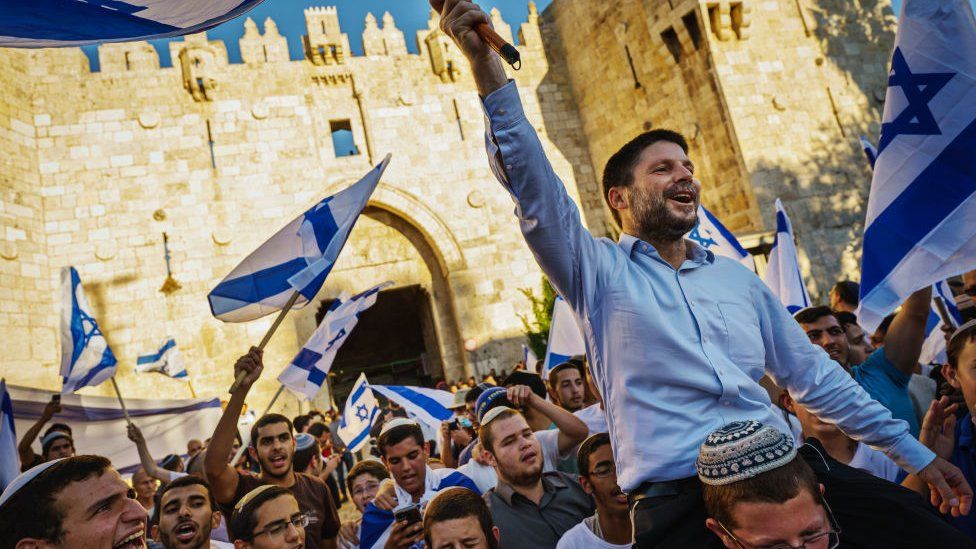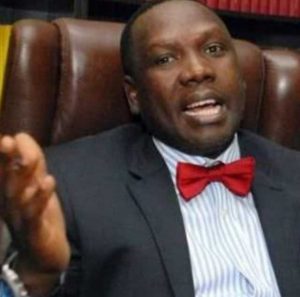Jerusalem tensions high ahead of Israeli youth Flag March

The Palestinian presidency says Israel is “playing with fire” as thousands of Israeli Jews prepare to march through Muslim areas in Jerusalem’s Old City.
The annual event comes at a time of particularly high tensions following months of deadly incidents.
The Flag March takes place on Israel’s Jerusalem Day, celebrating its capture of East Jerusalem in the 1967 war.
Israel regards the whole of Jerusalem as its capital, something rejected by most countries and the Palestinians.
The Palestinians claim Israeli-occupied East Jerusalem as the capital of a future state of their own – ruled out by Israel – and political displays by either side are viewed by the other as highly provocative.
The marchers are now mostly gathered in West Jerusalem, where the mood is festive with many dancing around stages that have been set up on the street, says the BBC’s Yolande Knell who is there. Some advance groups are already marching to the Damascus Gate entrance of the Old City, from where they will parade through the ancient district’s Muslim Quarter, she says.
Earlier there were violent confrontations between Palestinians and Israeli police at a flashpoint holy site in the Old City. Shortly after, hundreds of Jewish visitors, including a far-right MP, arrived at the site, where some danced, waved Israeli flags and bowed down to pray, before being stopped by police. Palestinians view such actions as incendiary and militant groups had warned they would not tolerate it.
“Israel is irresponsibly and recklessly playing with fire by allowing settlers to desecrate the holy sites” in East Jerusalem, the president’s spokesman Nabil Abu Rudeineh said, according to the official Palestinian news agency Wafa. Palestinian officials often describe Israelis who visit the holy site revered by Muslims and Jews as settlers and their presence there as a desecration.
Jews and other non-Muslims are allowed to visit the site at certain times but are forbidden to pray or display any religious or national symbols under a long-standing agreement with the Muslim authority which administers the compound.
One Palestinian Jerusalemite activist, Usama Barham, told the BBC that “what happened this morning inside our holy mosque [at the site] was much more dangerous than the Flag March”.
The site is known to Muslims as Haram al-Sharif (Noble Sanctuary), and contains the al-Aqsa (Qibli) mosque, the third holiest place in Islam. The same hilltop complex is known to Jews as the Temple Mount and is the holiest place in Judaism.
Last year, a devastating 11-day conflict between Israel and Palestinian militants in Gaza erupted on Jerusalem Day when Gaza’s Hamas rulers fired rockets towards the city after Israeli police and Palestinians clashed at the holy site. (BBC)
Jerusalem Day traditionally sees thousands of young Jews, many waving Israeli flags, dance and sing patriotic songs as they stream through the patchwork of alleyways which run through the historic four quarters.
“We came to show that Israel is ours and we’re never giving up our city,” participant Eitan Englander said. “We are happy to be here. We don’t come to fight. We come to show our pride in our country.”
The march ends at the Jewish holy site of the Western Wall, which abuts the al-Aqsa mosque compound.
This year’s march is taking place amid an already highly charged atmosphere between Israelis and Palestinians.
A wave of deadly attacks on Israelis by Palestinians or Israeli Arabs, and the deaths of dozens of Palestinians, including attackers, militants and civilians, by Israeli forces has fuelled anger on both sides.
It also follows recriminations over the killing of Al Jazeera Palestinian-American reporter Shireen Abu Aqla, shot dead while reporting on an Israeli military operation in the occupied West Bank on 11 May. (BBC)





